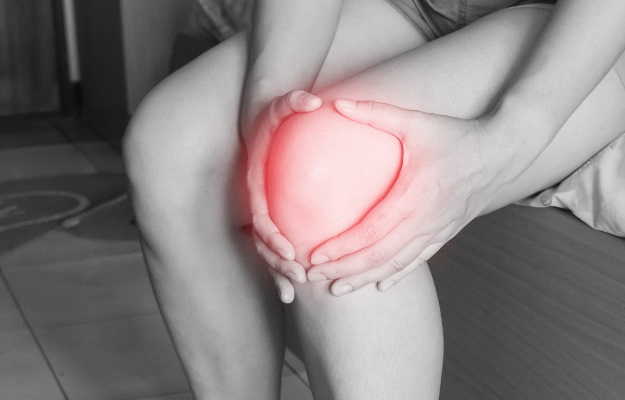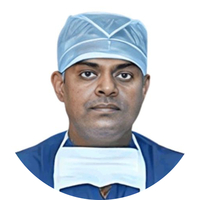Ligaments are strong, fibrous tissues that connect two bones together at a joint, keeping the joint stable and allowing it to function seamlessly. A ligament injury anywhere in the body can be extremely painful, and limit the range of motion of the affected joint.
The knee joint allows us to perform a variety of tasks. For example, standing up and sitting down require flexing of the knee joint. Even a slight disruption in the ligaments of the knee joint can cause pain and limit our movements.
The knee joint has four key ligaments that connect the thighbone (femur) to the shinbone (tibia):
- Anterior cruciate ligament (ACL) controls knee rotation and all forward-kicking motions
- Posterior cruciate ligament (PCL) is responsible for all backward movements of the shinbone. The PCL is called "posterior" because it is just behind the ACL. Both ACL and PCL are towards the centre back of the knee.
- Medial collateral ligament supports the inner knee
- Lateral collateral ligament supports the outer knee
Read more: Knee sprain
The posterior cruciate ligament (PCL) in the centre of the knee helps to flex, bend and straighten the knee while performing a number of tasks.
PCL injuries are much rarer than ACL injuries because this ligament is larger in size and therefore stronger than the ACL.
An injury to the PCL would cause pain, swelling and a general inability to stand straight or put too much weight on the affected knee.
PCL injuries can range from a small ligament stretch or sprain to a partial tear, a complete tear or rupture of the ligament.
Read on to know more about PCL injury symptoms, causes, prevention, diagnosis, treatment, recovery time and therapies.

 Doctors for Posterior cruciate ligament (PCL) injury
Doctors for Posterior cruciate ligament (PCL) injury 


































